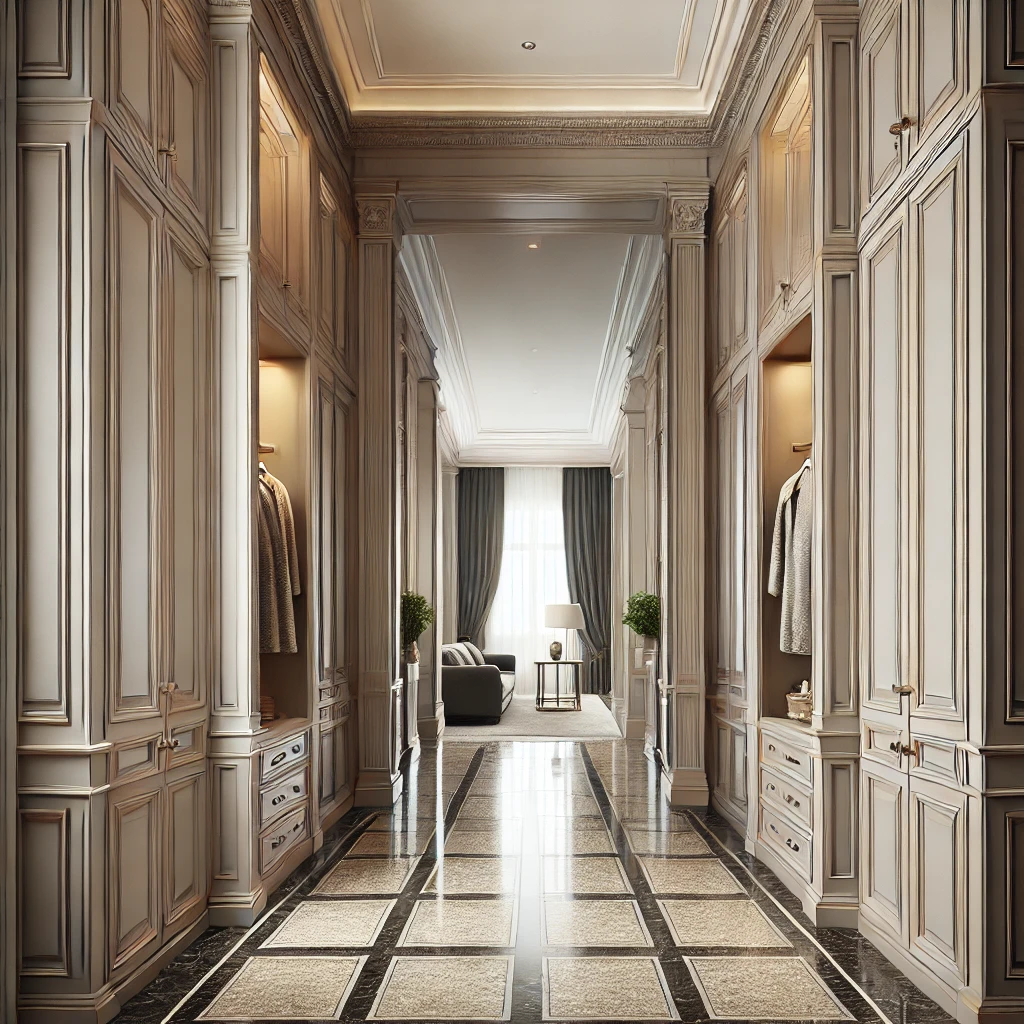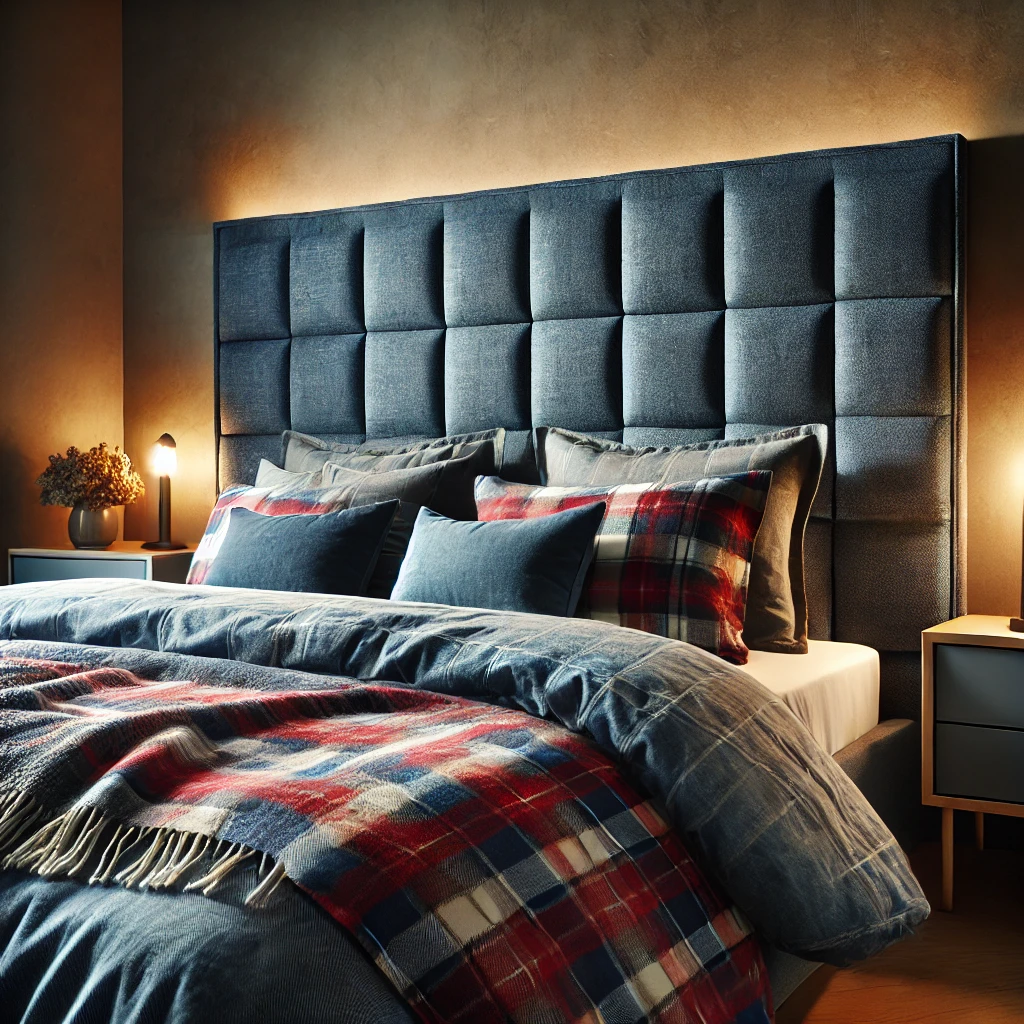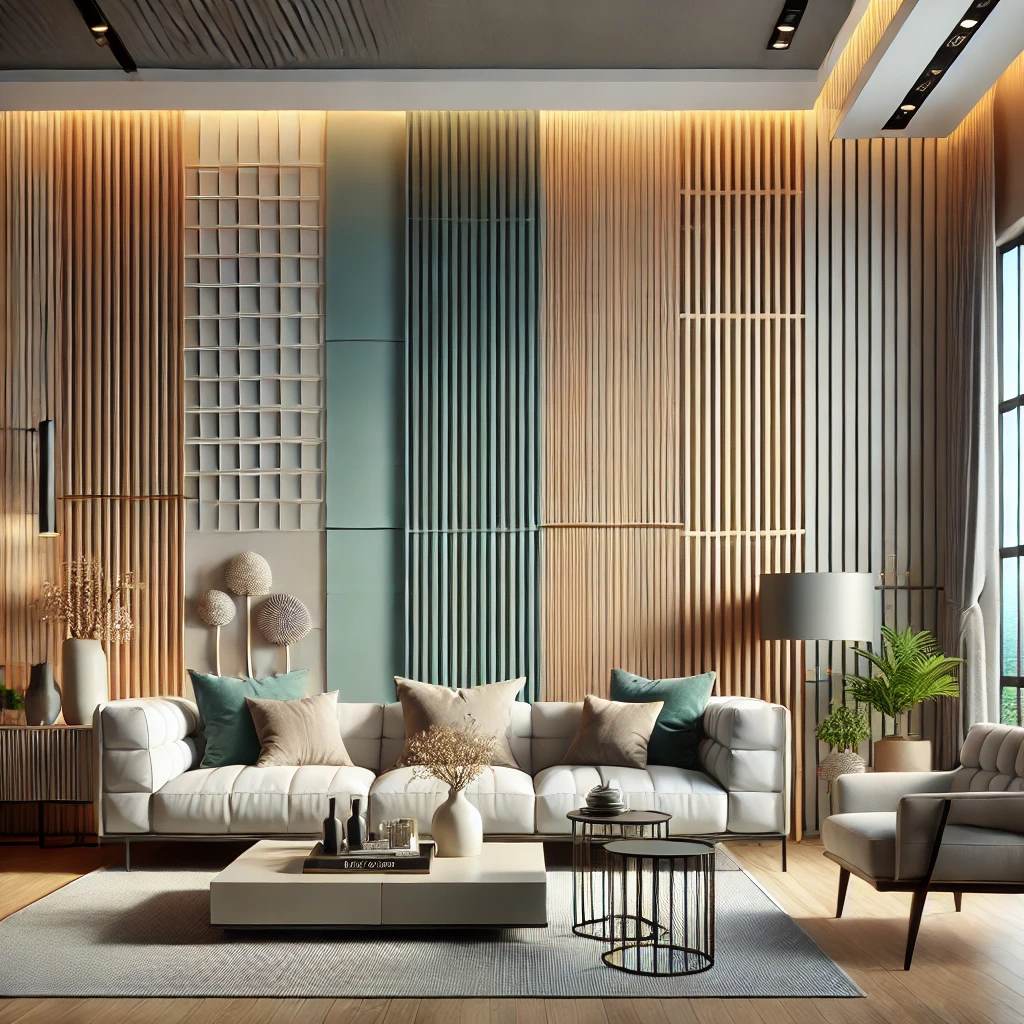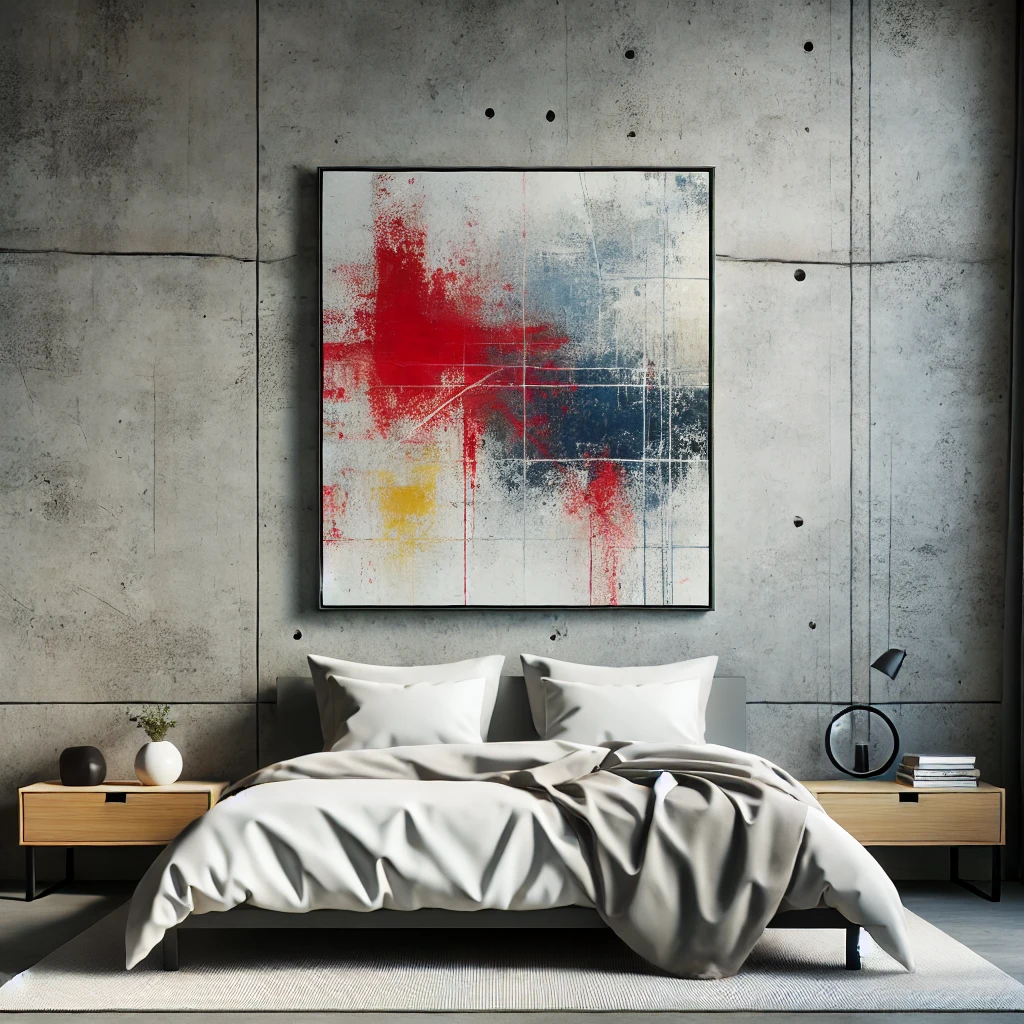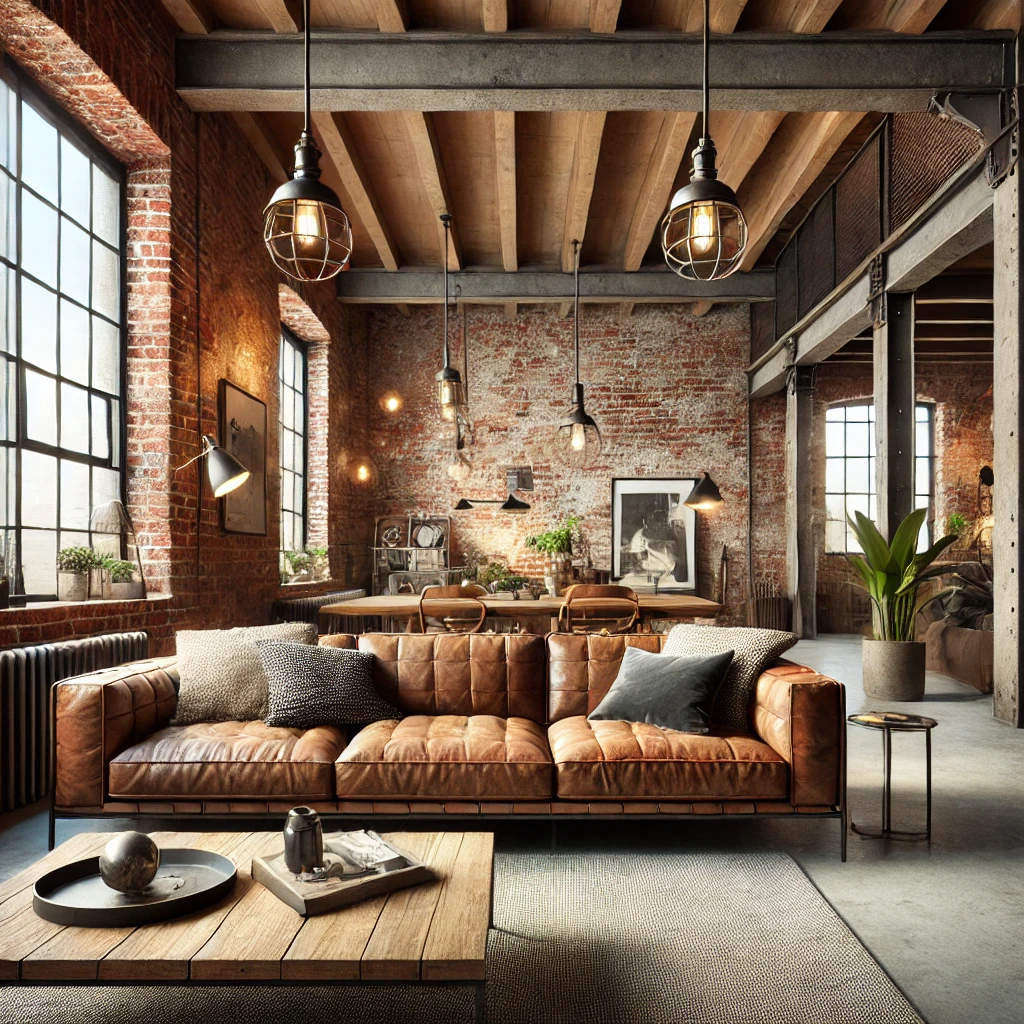Plaster, Water, and Art: All About Plaster Molding
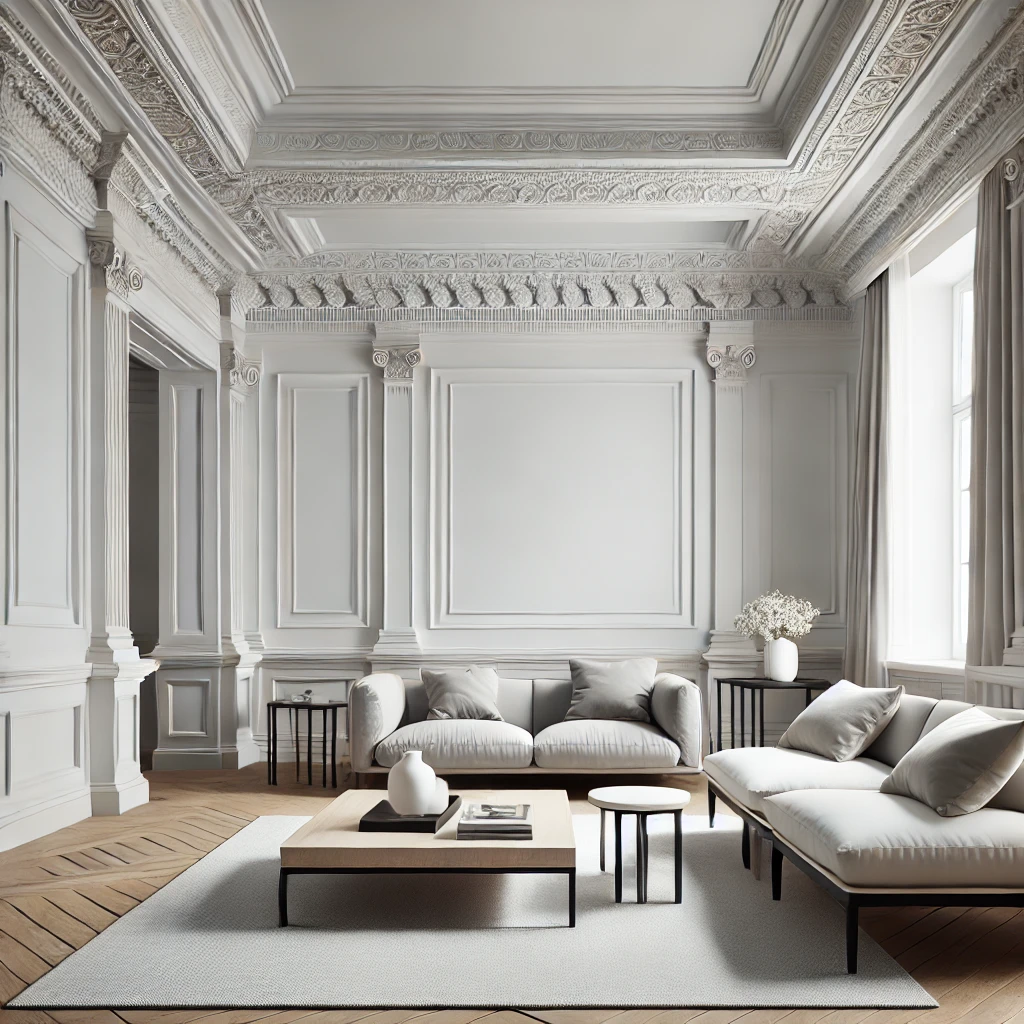
Nothing adds elegance to an interior quite like beautifully proportioned plaster molding. Once considered outdated and bourgeois, decorative plaster has made a remarkable comeback, becoming a symbol of refinement and historical grandeur. Whether you’re restoring a historic home or adding a touch of old-world charm to a modern space, plaster molding can transform your interior into something truly special.
What is Plaster Molding Made Of?
Plaster molding is typically composed of a mixture of gypsum, water, and adhesive, with additional materials like limestone or marble powder. Gypsum is not weather-resistant, so it is only used indoors. The plaster is applied over a base layer, such as a plaster mesh or fiberboard, which ensures the durability and adhesion of the decorative elements.
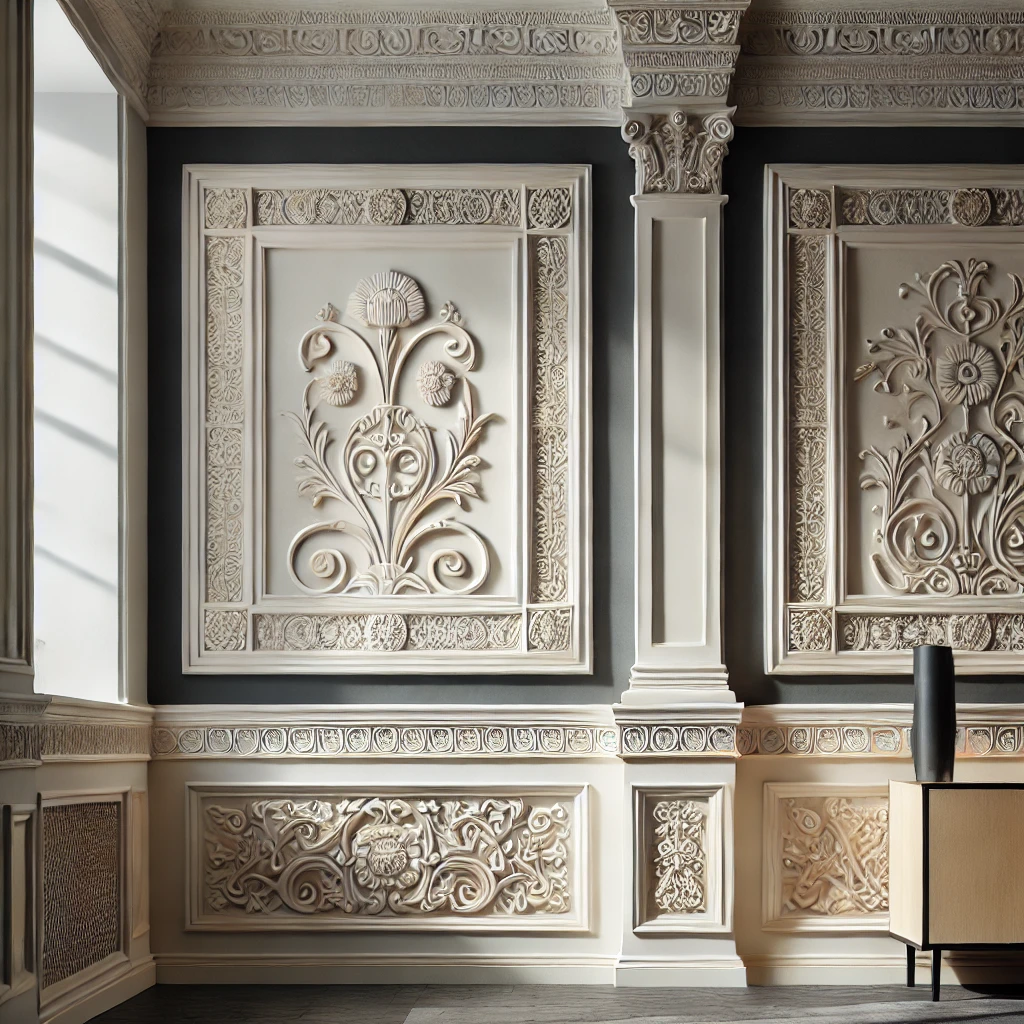
The History of Plaster Molding
The use of plaster for decorative purposes dates back to ancient Egypt and Greece. However, it was during the Baroque and Rococo periods that plaster molding truly flourished. The intricate designs, including the iconic Rococo shell motifs known as rocaille, became a hallmark of opulence and artistry. In the Art Nouveau and Eclecticism eras, mass-produced decorative elements became common, which led to a backlash from architects like Adolf Loos, who famously criticized unnecessary ornamentation in his 1908 essay “Ornament and Crime.”
Coloring Plaster Molding
While we often associate plaster molding with a classic white finish, historically, colored plaster was also popular, particularly during the Baroque and Rococo periods. Today, while white remains the most common base color for gypsum plaster, beige and brown tones are also frequently used to add warmth and depth to the design.
Restoring Old Plaster Molding
In older homes, plaster molding is often hidden under layers of paint, making it difficult to appreciate the original craftsmanship. During restoration, it’s essential to carefully remove these layers without damaging the underlying plaster. This process typically involves using a solvent followed by a high-pressure cleaner. For best results, it’s advisable to hire a professional to ensure that the plaster remains intact. Once the original plaster is revealed, you can choose to either leave it as is or repaint it using diluted wall paint, but only after the plaster has thoroughly dried.
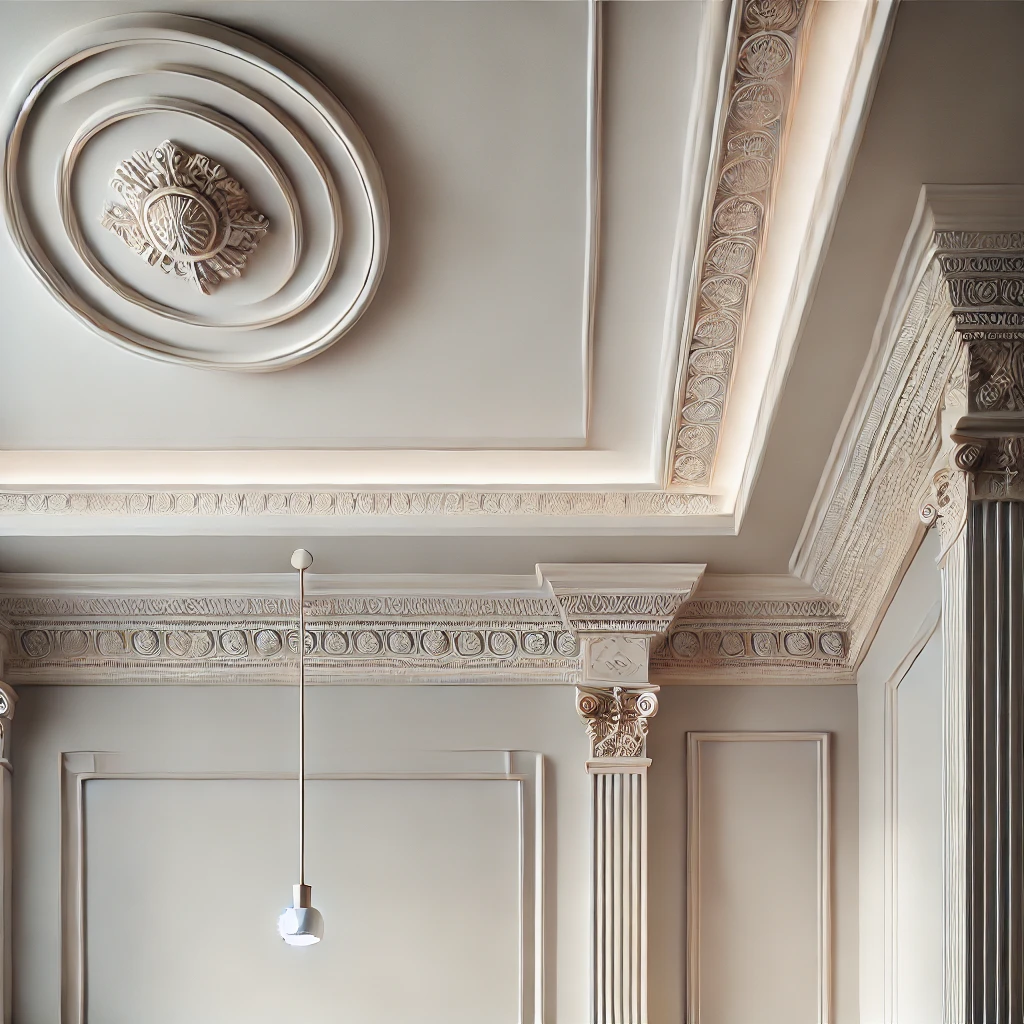
Modern Plaster Molding
If your home lacks decorative plaster but you’d like to incorporate it, modern techniques allow for a wide range of styles. From classic light blue designs to contemporary asymmetric patterns, plaster molding can be customized to reflect the current design trends while adding a timeless touch to your interior.
Looking to enhance your home with elegant plaster molding? ZUBRA COLORS offers expert advice and top-quality materials for all your decorative needs. Contact us today for a free consultation, and let’s bring your vision to life. We ship worldwide and provide support for DIY enthusiasts. Reach out to us on WhatsApp now!
Incorporating Plaster Molding into Modern Interiors
While plaster molding is often associated with traditional and historical interiors, it can also be adapted to contemporary spaces. Here are a few ways to integrate plaster molding into modern designs:
1. Minimalist Elegance
In a minimalist interior, plaster molding can add subtle sophistication without overwhelming the space. Consider using clean lines and simple geometric patterns that complement the modern aesthetic. A plain white or light gray molding can enhance the room’s architecture while maintaining the minimalist vibe.
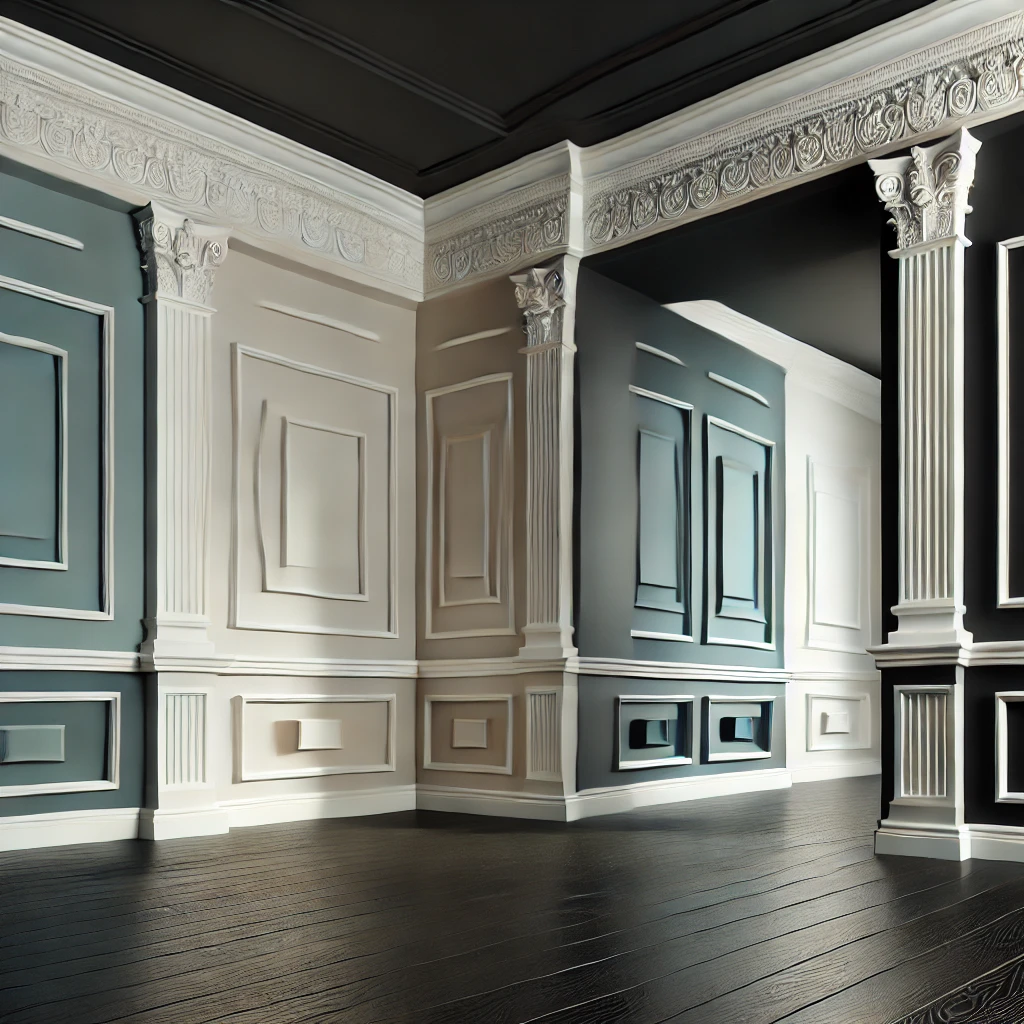
2. Accent Walls
Use plaster molding to create an accent wall that becomes the focal point of a room. Whether it’s a dining room, living room, or bedroom, adding decorative elements such as frames, panels, or even a custom plaster design can give the space a unique character. This approach works well in both classic and contemporary interiors, depending on the design of the molding.
3. Ceiling Medallions and Cornices
Ceiling medallions and cornices are a timeless way to incorporate plaster molding into any room. In modern homes, you can opt for more streamlined and understated designs that still provide a touch of elegance. Pairing these with modern light fixtures creates a striking contrast that highlights both the old and the new.
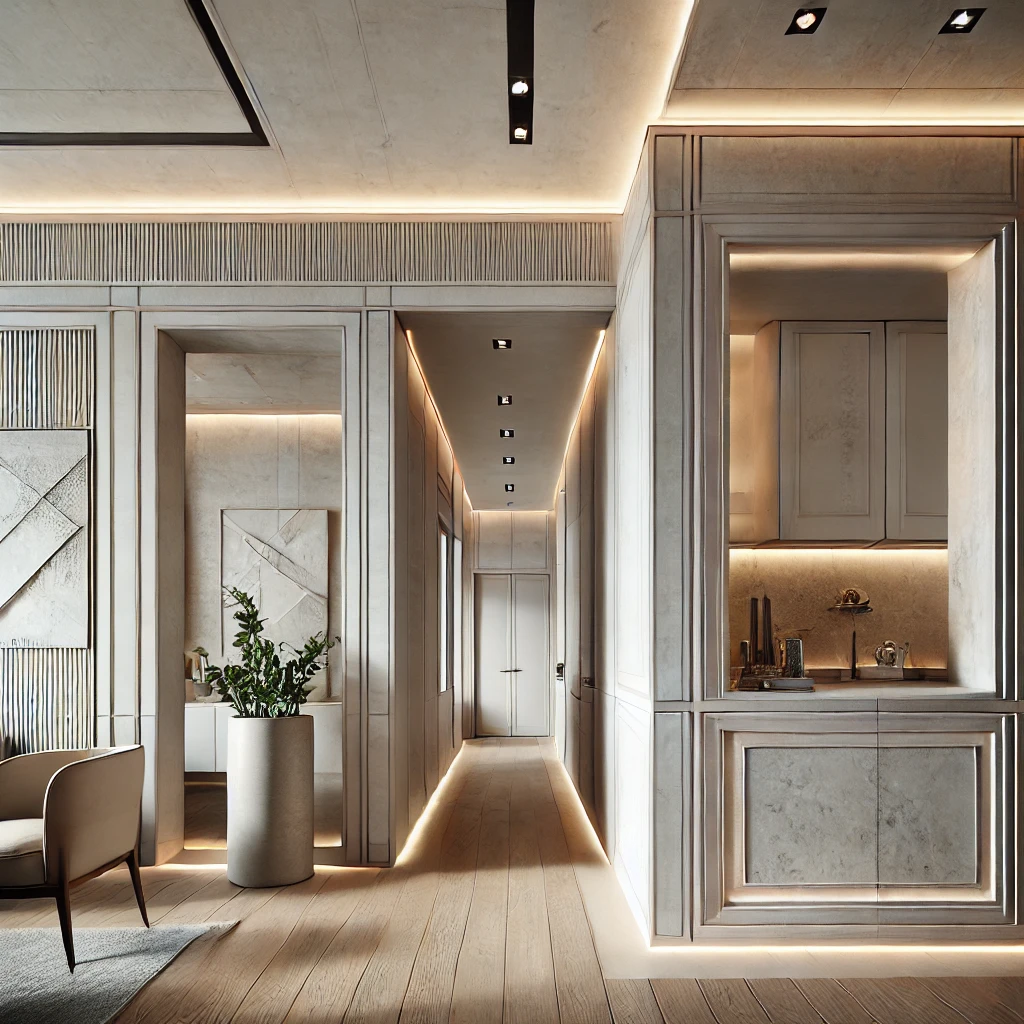
4. Creative Color Combinations
Don’t be afraid to experiment with color when it comes to plaster molding. While white is traditional, you can make a bold statement by painting the molding in a contrasting color to the walls. For example, a dark wall with white molding or vice versa can create a dramatic effect. You can also use metallic finishes or even subtle pastels to add a unique twist to the design.
5. Integration with Modern Materials
Plaster molding can be combined with modern materials like glass, metal, or wood to create a cohesive design. For example, a plaster cornice can seamlessly transition into a wooden beam or a metal fixture, blending the old with the new in a harmonious way. This approach is perfect for those looking to add a touch of history to a contemporary space without compromising on style.
Final Thoughts: The Timeless Appeal of Plaster Molding
Plaster molding is more than just a decorative element; it’s a way to bring history, elegance, and a unique character into your home. Whether you’re restoring an old building or enhancing a modern interior, plaster molding offers endless possibilities for creative expression. With a careful selection of designs, colors, and materials, you can create a space that is both timeless and contemporary.
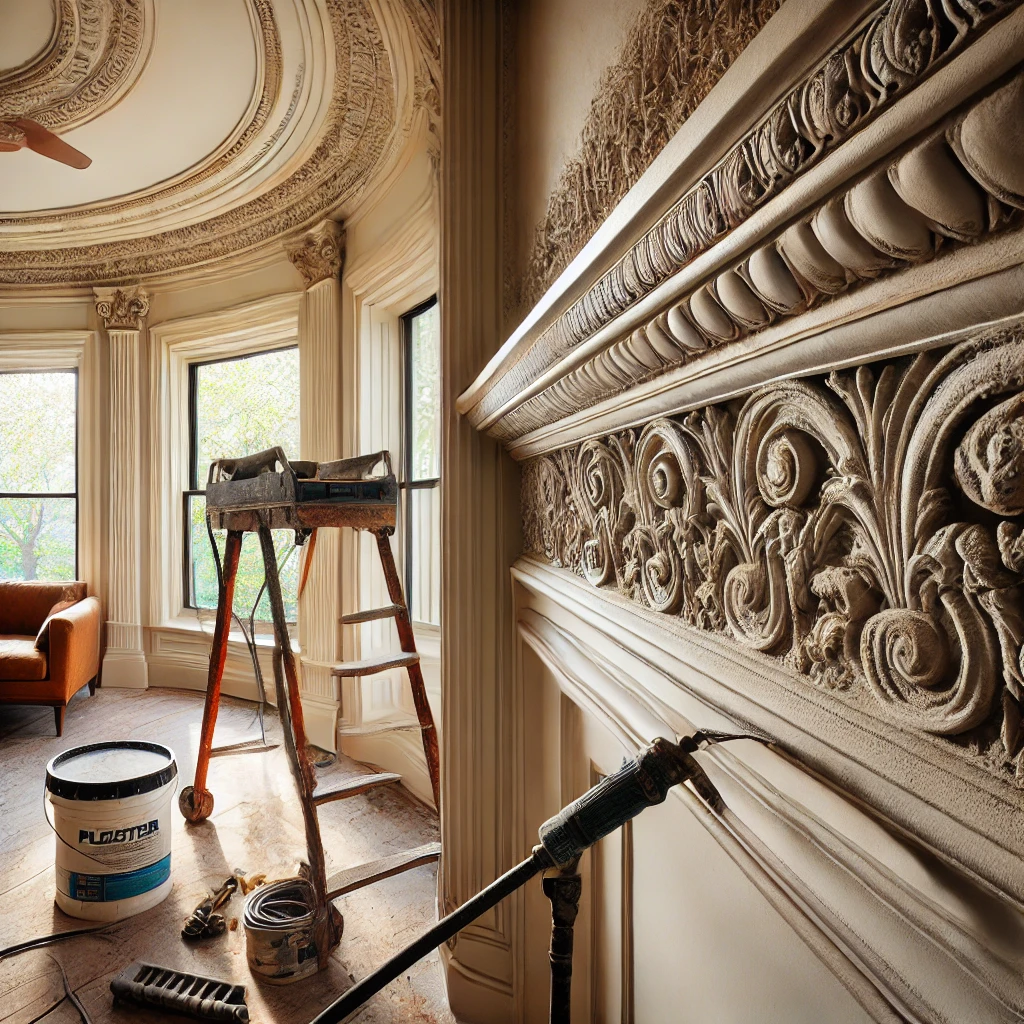
Interested in adding plaster molding to your home? ZUBRA COLORS is here to help. We provide expert consultations, high-quality materials, and worldwide shipping for all your decorative needs. Contact us today on WhatsApp to start your project with confidence!



